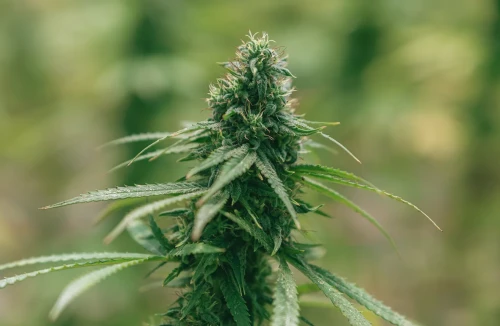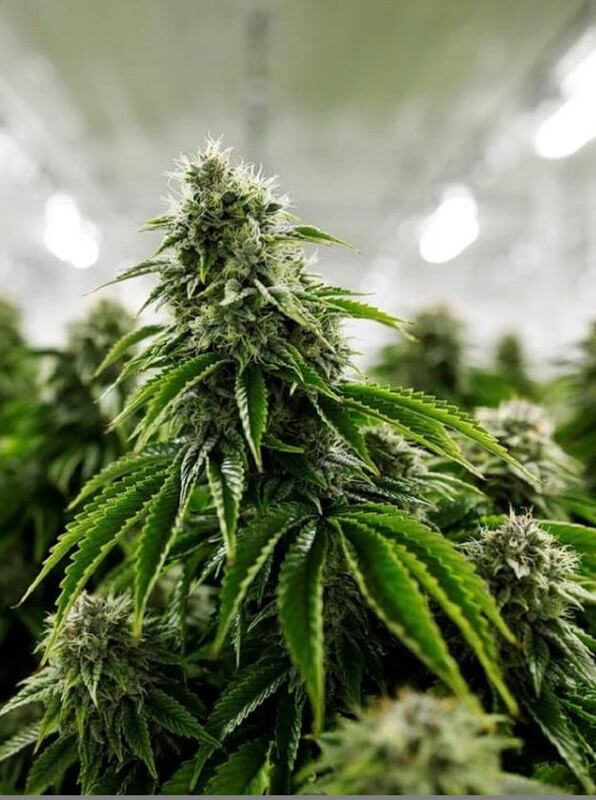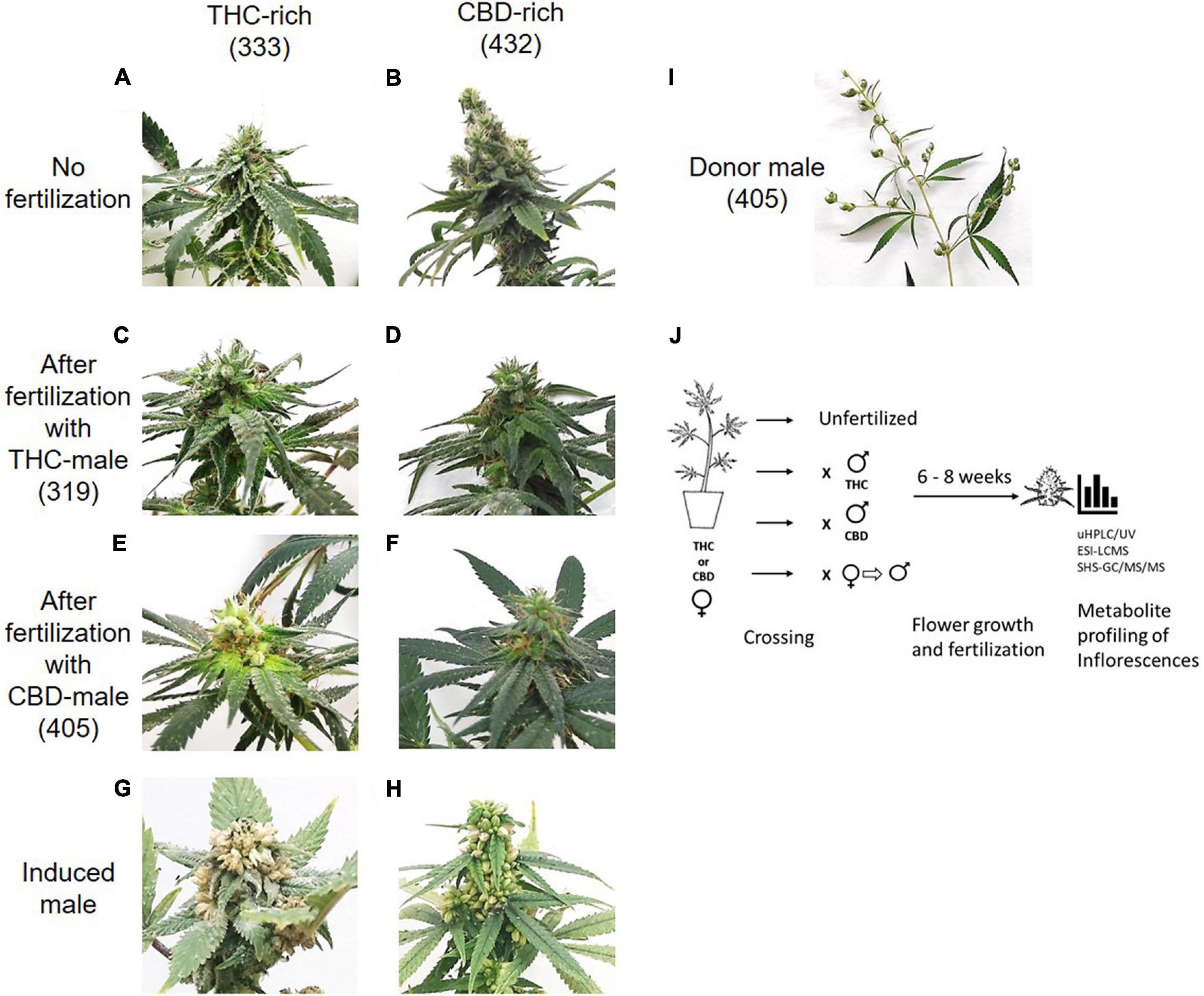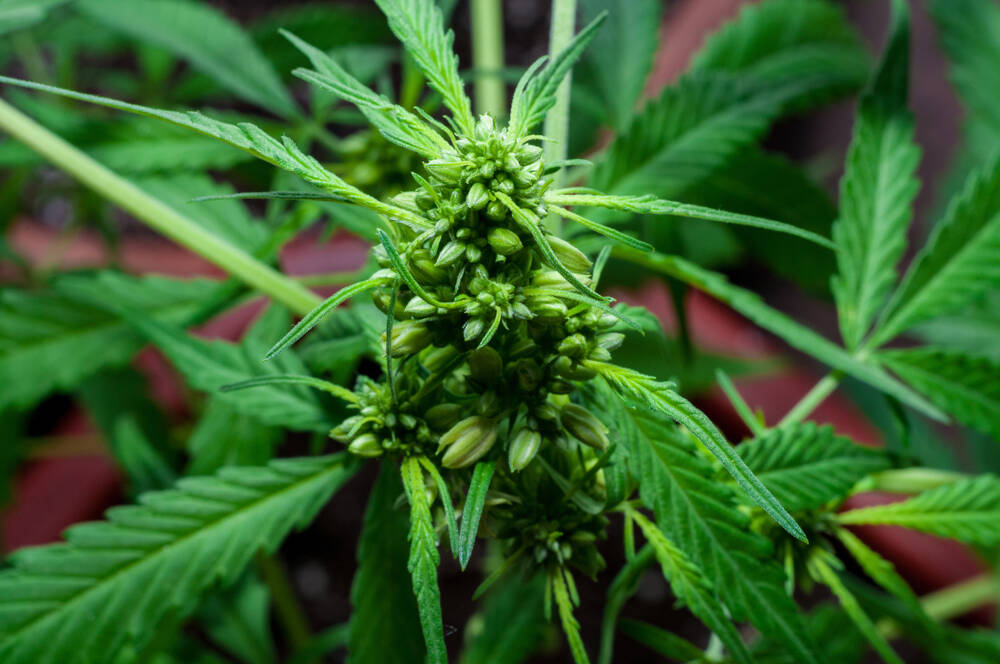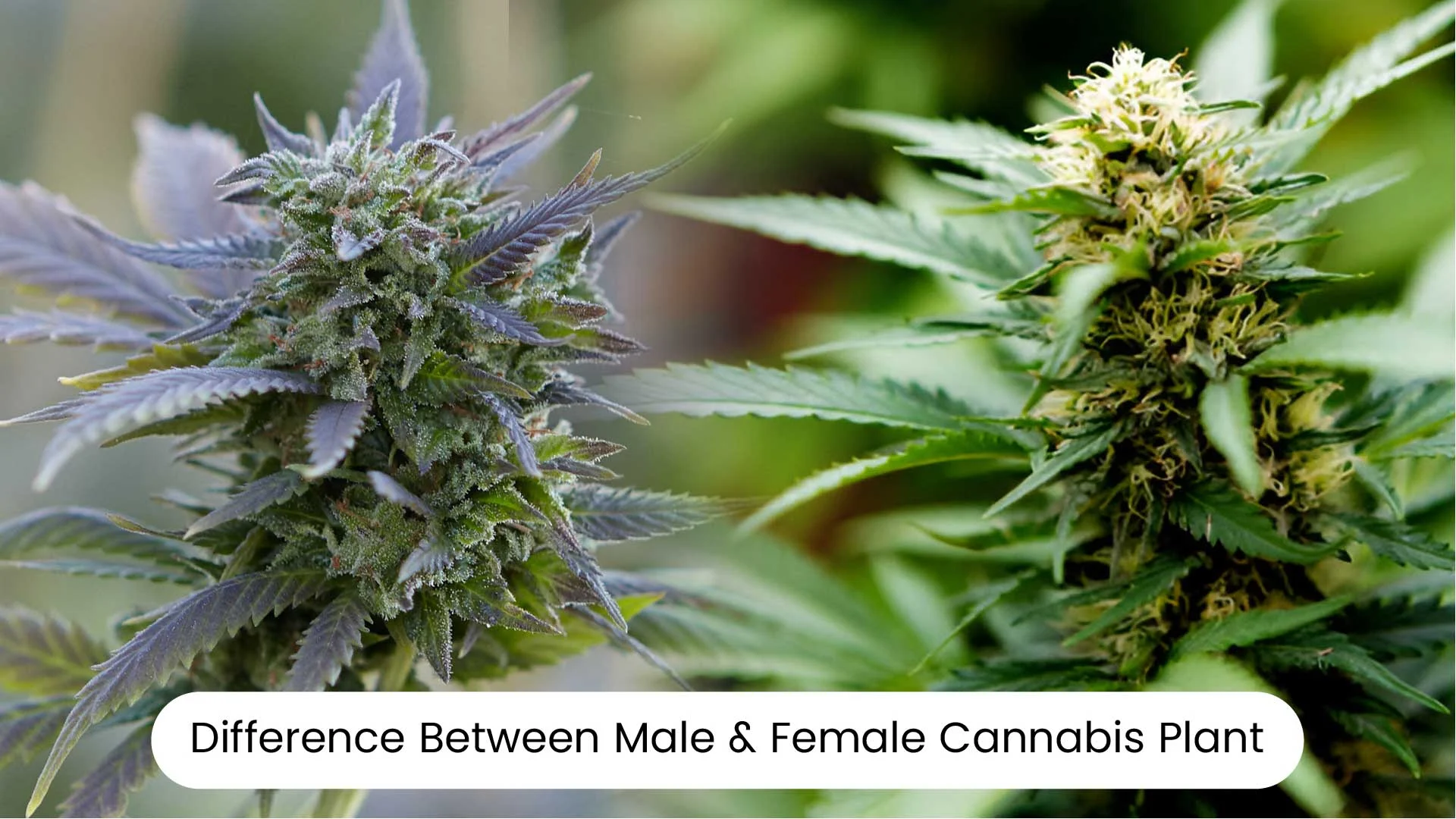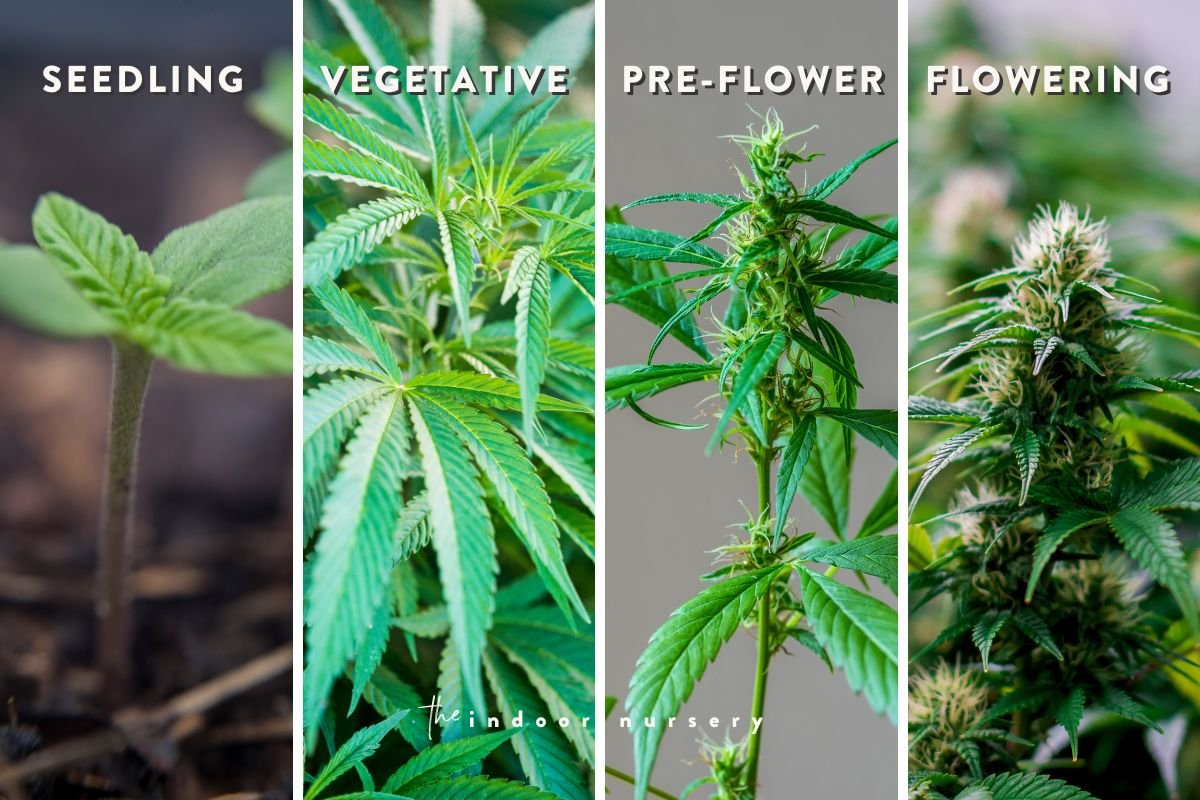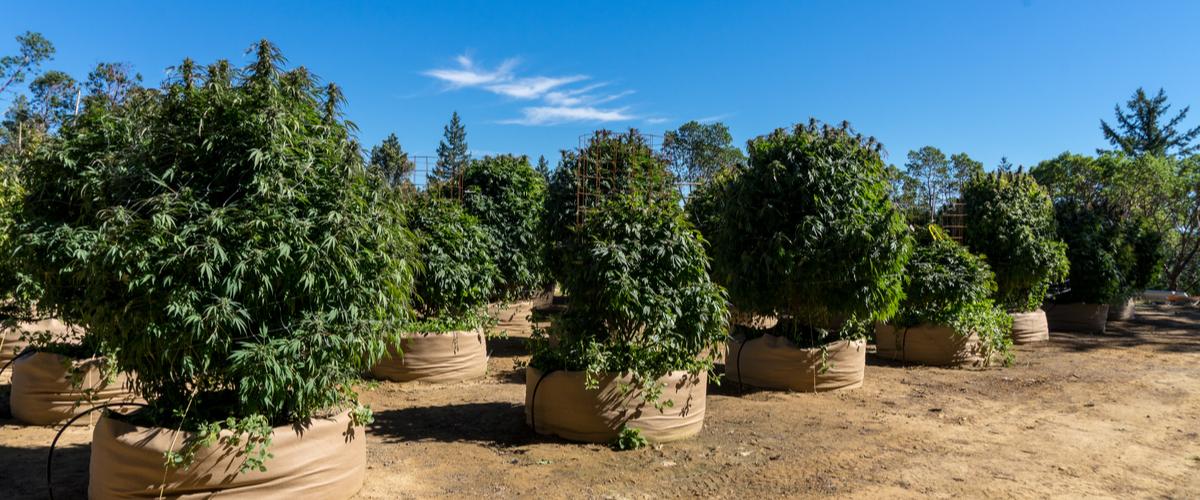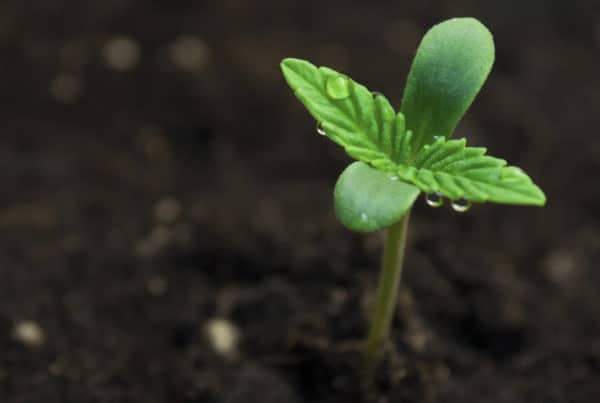How Big Does A Weed Plant Get

The size of a weed plant is far from fixed, varying dramatically based on factors like genetics, environment, and cultivation techniques. Understanding these variables is crucial for both novice growers and seasoned cultivators aiming to optimize their yields.
This article breaks down the key influences on plant size, providing a concise guide to achieving desired growth outcomes.
Genetic Predisposition: The Blueprint for Size
A weed plant's genetic makeup is the foundational determinant of its potential size. Some strains are naturally predisposed to grow tall and lanky, while others remain short and bushy, regardless of environmental conditions.
Indica strains, for example, are often shorter and more compact, typically reaching heights of 2 to 4 feet. Sativa strains, on the other hand, can stretch upwards of 6 to 8 feet or even taller under optimal conditions.
Hybrid strains, which combine indica and sativa genetics, exhibit a range of growth patterns depending on their specific genetic lineage.
Environmental Control: Nurturing Growth
The environment in which a weed plant grows plays a pivotal role in its ultimate size. Adequate lighting, proper temperature, and sufficient space are all critical factors.
Indoor growers have the advantage of precisely controlling these variables. High-intensity grow lights, such as LEDs or HIDs, provide the necessary illumination for robust growth.
Maintaining a consistent temperature range of 70-85°F (21-29°C) during the vegetative stage and slightly cooler temperatures during flowering is essential. Insufficient space will stunt growth.
Outdoor Considerations: Embracing Nature's Influence
Outdoor cultivation presents a different set of environmental challenges and opportunities. Sunlight, soil quality, and climate are the primary drivers of plant size.
Plants grown in direct sunlight for at least 6 hours per day will generally achieve larger sizes than those grown in shaded areas. Rich, well-draining soil provides the necessary nutrients for optimal growth.
However, adverse weather conditions, such as strong winds or heavy rain, can damage plants and limit their size. Climate is also critical, as different strains thrive in different regions.
Cultivation Techniques: Shaping the Plant's Trajectory
Various cultivation techniques can be employed to influence the size and shape of a weed plant. These techniques include pruning, topping, and training.
Pruning involves removing unwanted leaves and branches to improve airflow and light penetration, promoting healthier growth. Topping involves cutting off the main stem to encourage the development of multiple colas, resulting in a bushier plant.
Training techniques, such as low-stress training (LST), involve bending and tying down branches to create a more even canopy and maximize light exposure. According to research published in the Journal of Cannabis Research, these techniques can significantly increase yields and control plant size.
Nutrient Management: Fueling Growth
Proper nutrient management is essential for supporting healthy growth and achieving desired plant size. Weed plants require a balanced supply of macronutrients (nitrogen, phosphorus, potassium) and micronutrients (calcium, magnesium, iron).
During the vegetative stage, plants require higher levels of nitrogen to promote leafy growth. During the flowering stage, they require higher levels of phosphorus and potassium to support bud development.
Over- or under-fertilizing can negatively impact plant size and overall health. Monitoring pH levels is also crucial, as pH imbalances can affect nutrient absorption.
Size Expectations: Setting Realistic Goals
While individual plant sizes can vary considerably, it's possible to set realistic expectations based on strain, environment, and cultivation techniques. Indoor growers can typically expect plants to reach heights of 2 to 5 feet.
Outdoor growers, depending on the strain and climate, may see plants reach heights of 6 feet or taller. Growers should consult strain-specific information and adjust their cultivation practices accordingly.
Accurate measurement is crucial. Some experienced growers have reported plants reaching exceptional heights of over 10 feet under ideal outdoor conditions. However, such outcomes are not typical and require significant expertise and resources.
Legal Considerations: Navigating Regulations
It's important to be aware of any legal restrictions regarding plant size in your jurisdiction. Some regions have limits on the number of plants that can be grown or the maximum height of those plants.
Violating these regulations can result in fines or other penalties. Growers should always comply with local laws and regulations to avoid legal issues.
Always verify the current regulations in your area before starting to grow.
Next Steps: Ongoing Research and Education
Ongoing research continues to refine our understanding of the factors influencing weed plant size. New strains are constantly being developed, and new cultivation techniques are emerging.
Growers should stay informed about the latest developments in the field by reading reputable sources, attending industry events, and consulting with experienced cultivators.
The future of weed cultivation promises to bring even greater control over plant size and yield optimization.
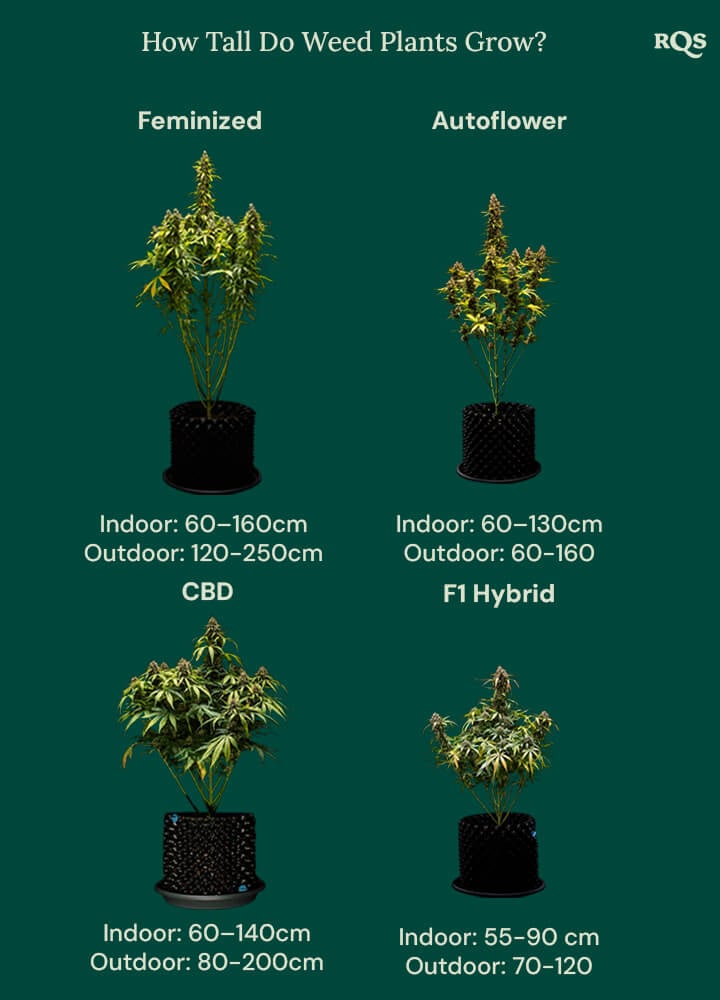
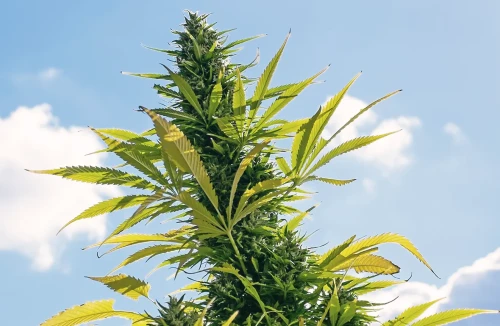
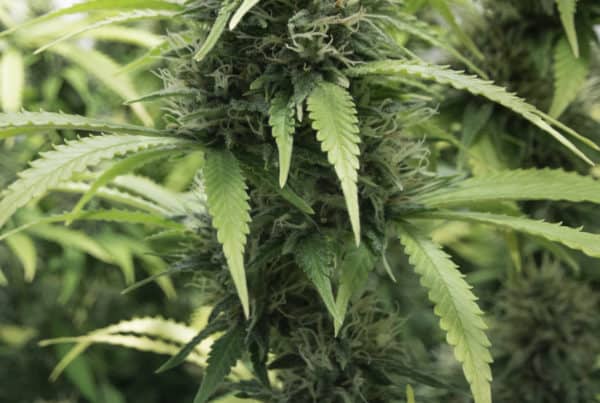

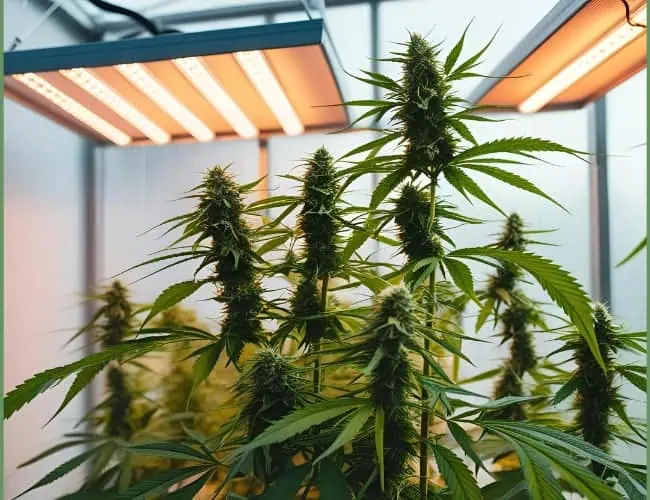
.jpg)
